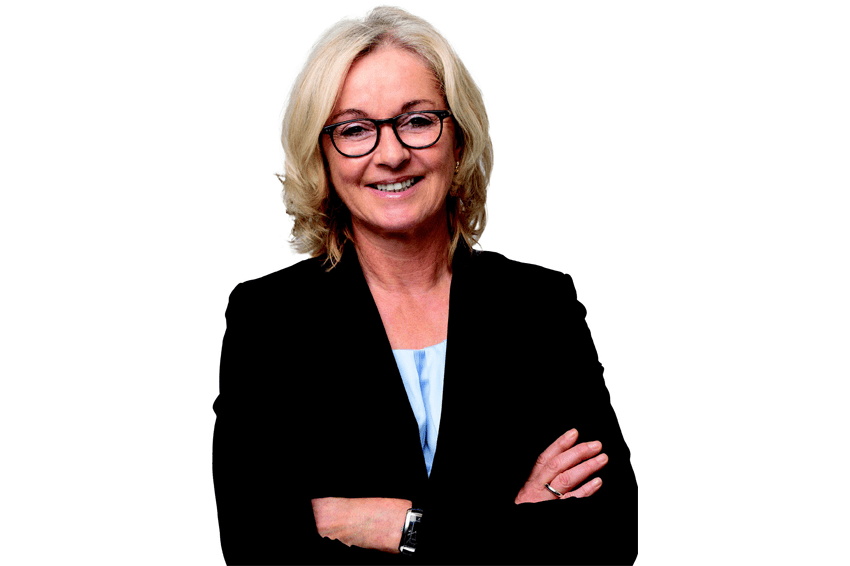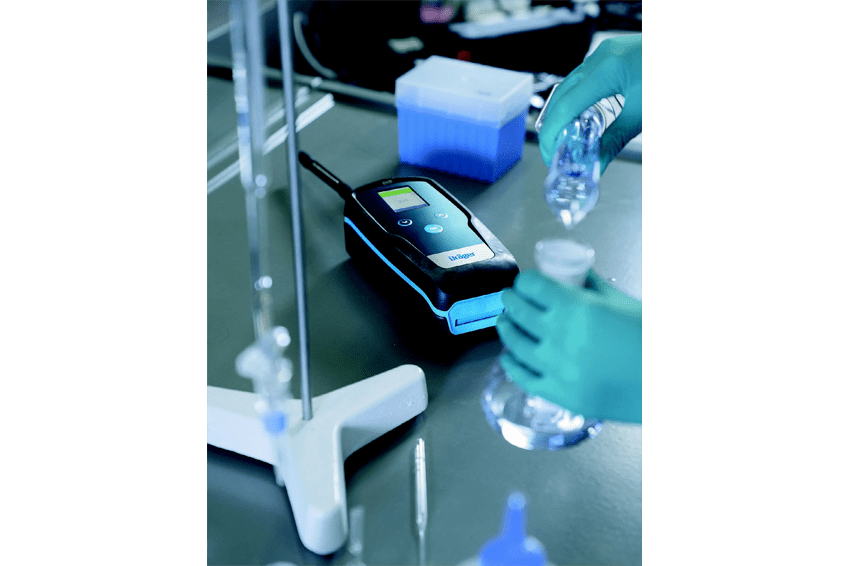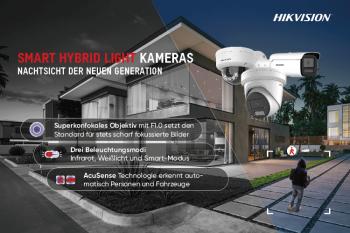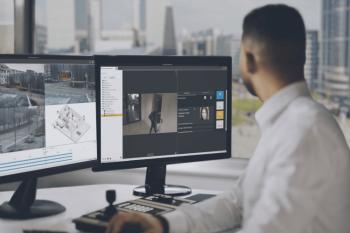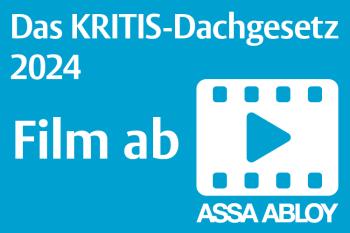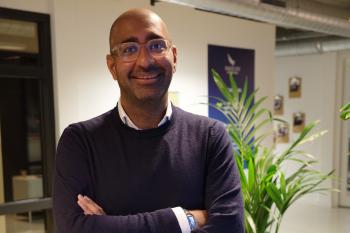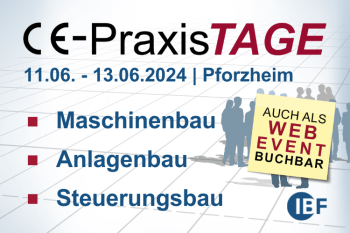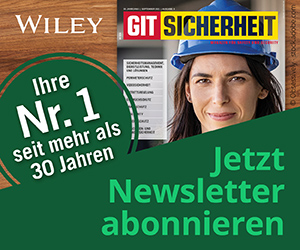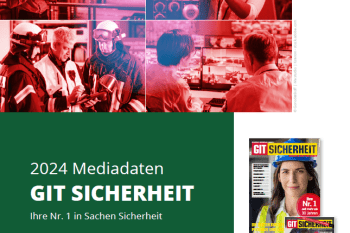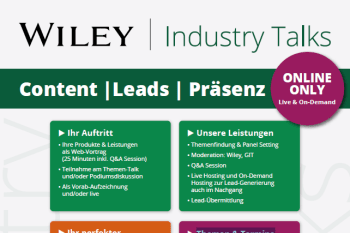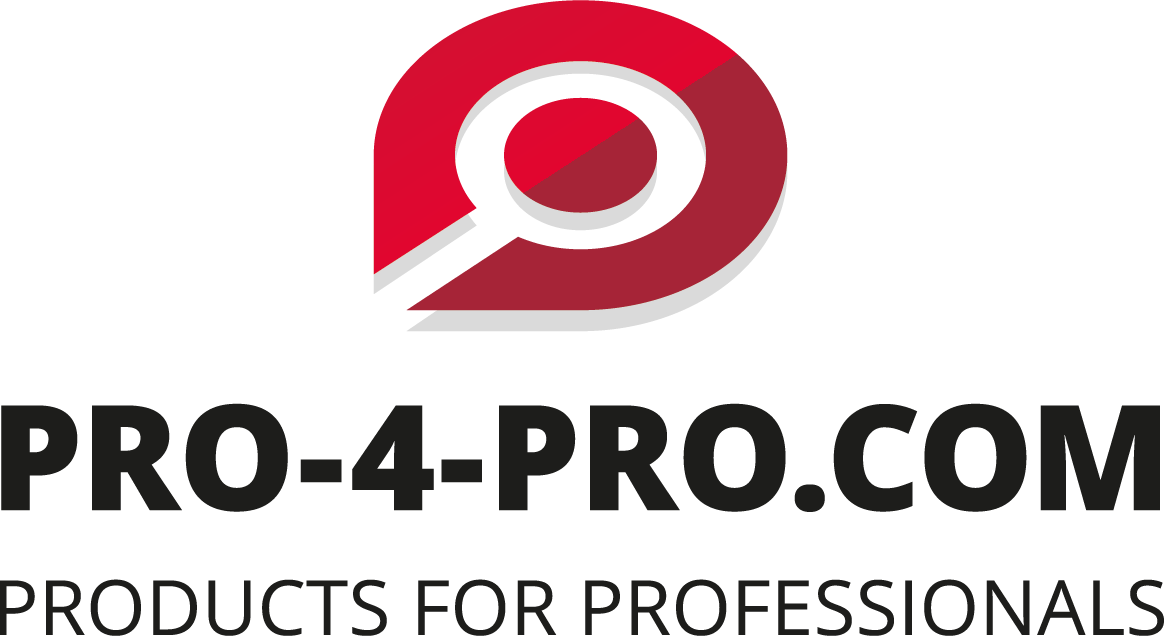The Takeaway Lab: An All-In-One Device
Interview with Bettina Runge, Dräger Product Manager
GIT SECURITY: The Dräger X-act 7000 promises to “measure one out of billions”. Is this where it differs from other gas monitoring devices?
Bettina Runge: This is not the only factor, but it is an exceptional one. As a short background, when measuring substances that can cause cancer, we’re not only concerned about limit values, but increasingly about significantly lower acceptance or tolerance limits. Users want to be able to detect concentrations of up to 0.06 ppm (0.06 parts per million). Until now, portable gas detection devices could not detect such low concentrations. That is why we have developed X-act 7000, which can even detect values as low as 1 ppb (1 part per billion).
How does it work?
Bettina Runge: The Dräger X-act 7000 itself is an analysis device. We also offer various MicroTubes that can be inserted into the device, a bit like a cartridge. MicroTubes contain what are known as capillaries, which change colour through contact with certain substances. Inside the analyser, on the other hand, there is a CMOS chip, like those used by smartphone cameras. These are very sensitive and detect the faintest discoloration in the capillaries that the human eye cannot see. This is how we get highly precise results.
So, if someone wants to measures additional substances, they don’t need another device but just a different MicroTube?
Bettina Runge: Exactly and that’s another decisive advantage. For instance, in the oil and gas industry special devices are used which can only detect mercury. These devices are not only much more expensive than the Dräger X-act 7000, but are also limited to being able to measure just one hazardous substance. In petrochemical plants, however, other harmful substances are also present, like benzene, gasoline hydrocarbons or hydrogen sulphide. Additional devices used to be needed to measure these. These devices must be functionally tested and calibrated before use if necessary, and sometimes this calibration can only be carried out by the manufacturers. The X-act 7000 performs a self-test every time it is switched on, to check that the device is functioning properly. The calibration data of the MicroTube is stored on the cartridge’s RFID tag, so a daily function test for this is not necessary.
So the X-act 7000 is an all-in-one device?
Bettina Runge: Yes, and also in terms of safety, because it is ATEX/IECEx-certified for Zone 0 – areas where a hazardous and combustible atmosphere exists continually or for long periods. Many devices on the market are not designed for these environments and users would therefore need to know the exact safety zone they are currently in on a plant. With the Dräger X-act 7000, users don’t need to worry about this.
What other advantages are there for customers?
Bettina Runge: Currently the detection of such low concentrations is only possible with complex laboratory analyses or by using larger devices. With the X-act 7000 you can obtain results very easily and immediately on site. The time saved is a great advantage for many of our customers in industry. In addition, we avoid errors that can occur during sampling, transport or storage. Although measurement results from X-act 7000 are not sufficient for test reports that can be used in court, as only laboratories can provide these, its measured values can be used as preliminary results. Laboratories can then concentrate on analyses where pre-tests showed a critical value, meaning further, laboratory-supported measurement is necessary.
For which substances are MicroTubes already available to use?
Bettina Runge: When developing our solutions, we think in terms of customer-focused application packages. This means we want to make an application range as comprehensive as possible for a customer group. For our market launch in mid 2020, we focused on MicroTubes for carcinogenic substances, such as benzene, formaldehyde, mercury, ethylene oxide and 1,3-butadiene. Four more substances were added a few months later so we can now cover all the common requirements for the oil and gas industry. Further standard gases were added after this, including ammonia which, among other things, is used in cooling systems. So now we don’t only have comprehensive solutions for industry, but even for use in space! Ammonia is used as a coolant on the ISS, which is currently measured with Dräger tubes. However, X-act 7000 is much easier to handle. The next group of substances which MicroTubes will cover aims to address the needs of firefighters who have to test accident sites of hazardous materials transporters for certain substances. This is to be followed by a compilation of disinfection applications comprising, for instance, MicroTubes for hydrogen peroxide and ozone. Then hospital staff can find out when they may re-enter a sterilised room.
What are the potential further developments of X-act 7000?
Bettina Runge: One thing is that in the future we want to offer substances that cannot be measured with any other portable system. To name just one example, customers in the plastics industry continually ask us about measuring devices for analytes, such as toluene-2,4-diisocyanate (TDI) or other isocyanates because these substances are often used in their industry. So far, they can only be measured using stationary devices or through laboratory testing. We aim for the X-act 7000 to be able to cover these areas as well.
Kontakt
Dräger Safety AG & Co. KGaA
Revalstr. 1
23560 Lübeck
Deutschland
+49 451 882 0
+49 451 882 3122

